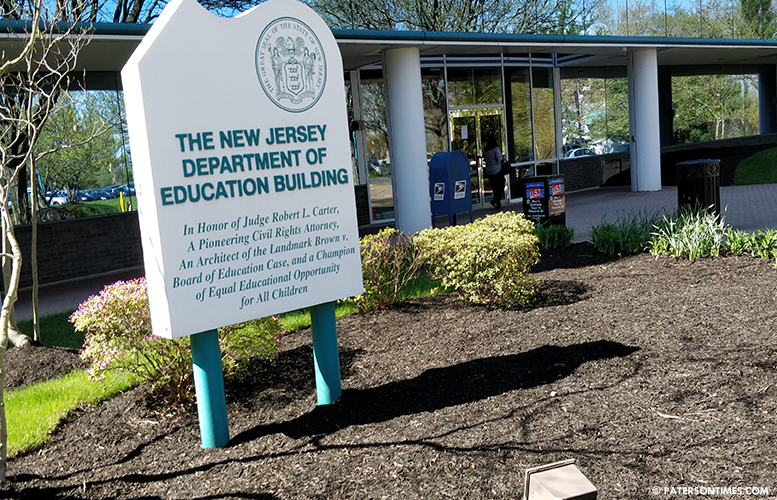The school board is making progress in securing full local control of the district, according to a state report presented to the New Jersey Board of Education this week.
Report looked at 28 indicators to measure progress in implementation of the district’s transition plan to regain local control. Each area was assigned a score from 1-4. A score of four indicates full implementation. Three, substantially met; two, partially implemented; and one means not applicable at this time. The district scored four on 13 indicators, three on 10, and two on 4. One indicator could not be rated in the first of the three evaluation reports that determine whether the school board regains full local control in late 2020.
“All the reviews were good,” said school board member Corey Teague. He attended the State Board of Education meeting on Wednesday. He said education commissioner Lamont Repollet and state board members had praise for the district.
The district mostly received high marks in fundamental considerations, governance, instruction and program, and personnel; however, it received very low marks on fiscal management.
A key issue for the low scores in fiscal had to do with the board of education’s budget vote last year. Initially, school board members voted down the budget which had a 14-percent property tax increase. However, after being advised by one of the three state monitors of the negative impact it will have on regaining local control the board approved the budget.
“The failure to pass a balanced budget would have ‘indicated clearly that the District has not developed the capacity necessary to fulfill its responsibility to the children and families of Paterson’ and would have ‘fundamentally changed the progression of the transition and required the immediate reestablishment of State intervention,’” states an overview of the report produced by the three state monitors or so-called “highly skilled professionals” — Theodore “TJ” Best, Stephen Cowan, and Alexis Colander – who began their work in the district in May 2019.
School board member Vincent Arrington, who also attended the state board meeting, said the Board of Education needs to play a more active role in fiscal management.
“I think it’s going to be a combination of things we have to do to improve our finance rating in the scorecard,” said Arrington. He said the board will need to look at vendor agreements and review its health care costs. The board has to be more “active” in the development of the budget, he said.
During the budgeting process, the board spends too much time on operational issues and too little on instruction and program, according to the report.
Superintendent Eileen Shafer’s administration has to present fiscal forecasts three times a year to the board. Her administration did so just twice in the 2018-19 school year. “The frequency of these reports needs to be increased to meet the metric’s requirement,” says the evaluation report.
School officials said the three highly skilled professionals are working with the district to improve the areas with low marks.
There are two more evaluation reports remaining. One in March and the third, final report, in September. The reports will determine whether the district regains full local control in November.
“Half way through the Transition process both the District Leadership and BOE have demonstrated their willingness to improve in every area for the purpose of increasing student outcomes and operational effectiveness,” concludes the report. “Moving forward throughout the Transition, the HSPs will continue to work with the District and BOE to ensure all gains are maintained through establishing policies and systems that outlive practices and personnel.”
The district was taken over by the state in 1991. It began to regain pieces of local control in 2014. In 2018, the state board approved measures to return control to the local school board following a two-year transition process.
Email: [email protected]
